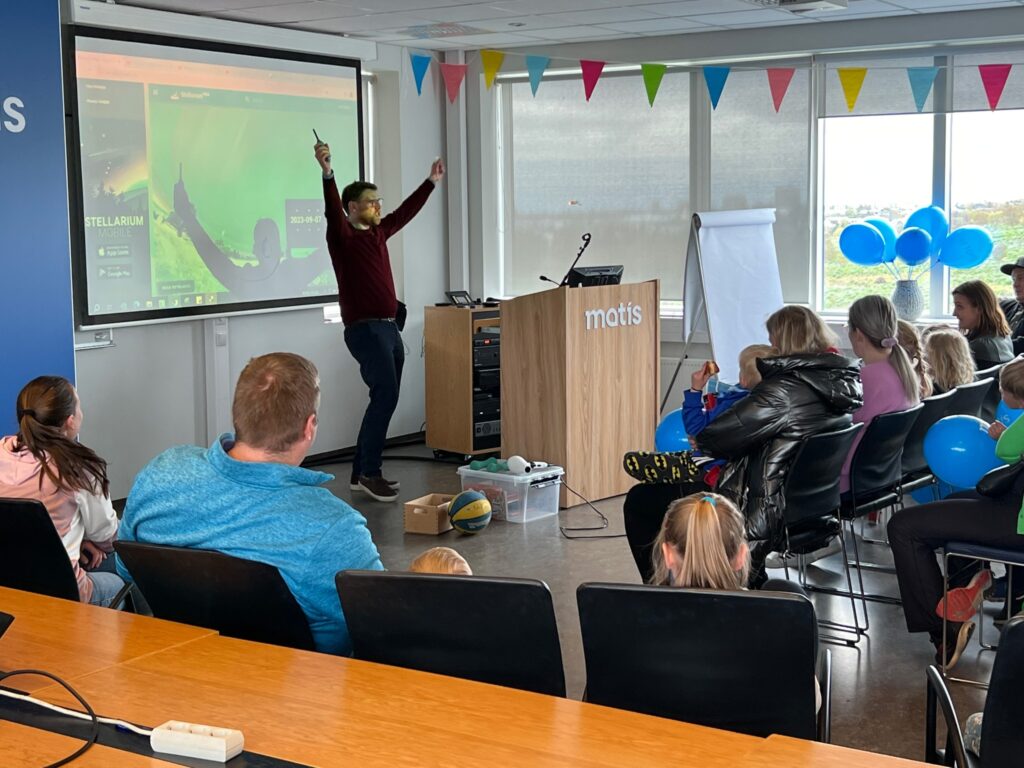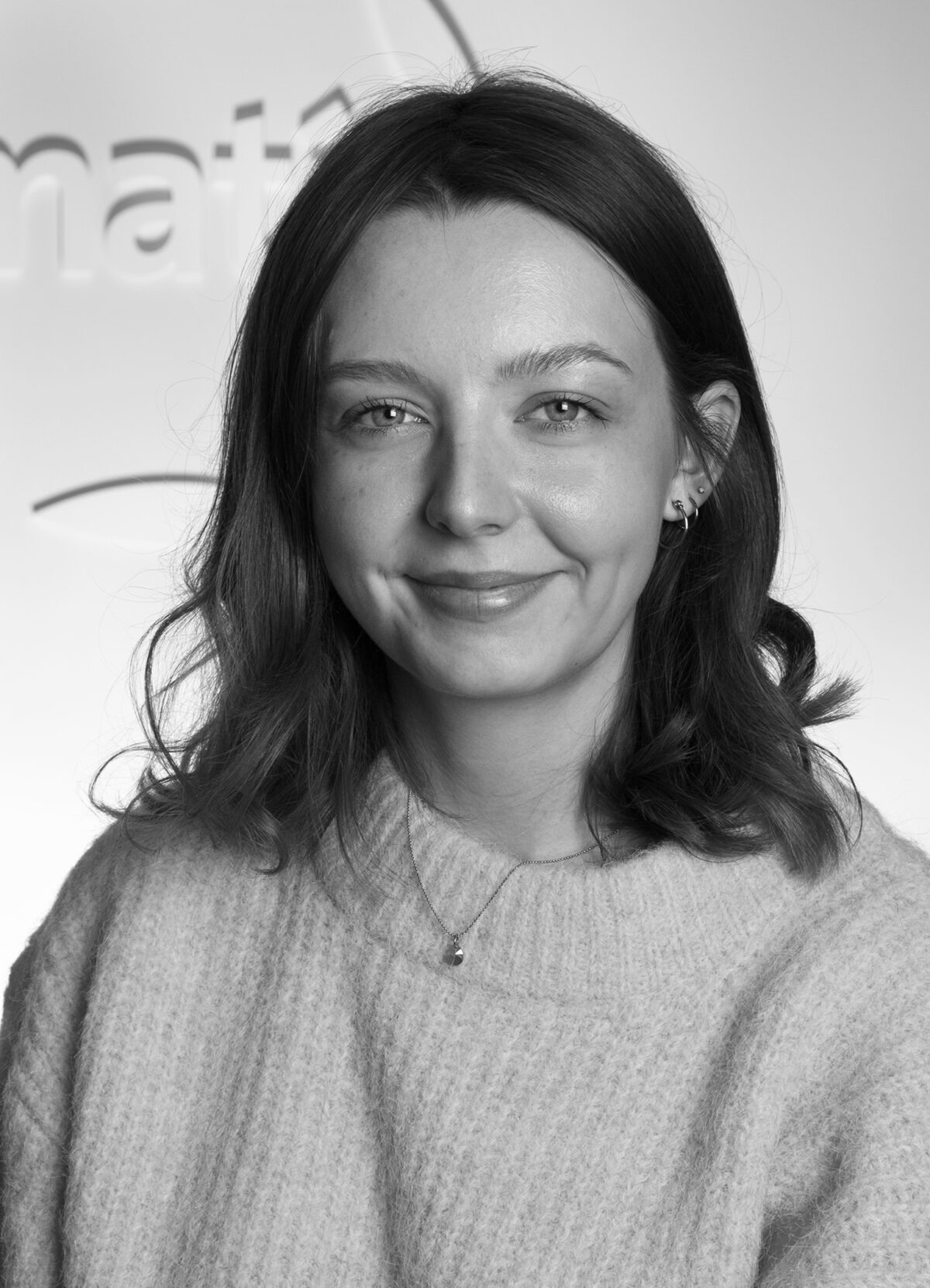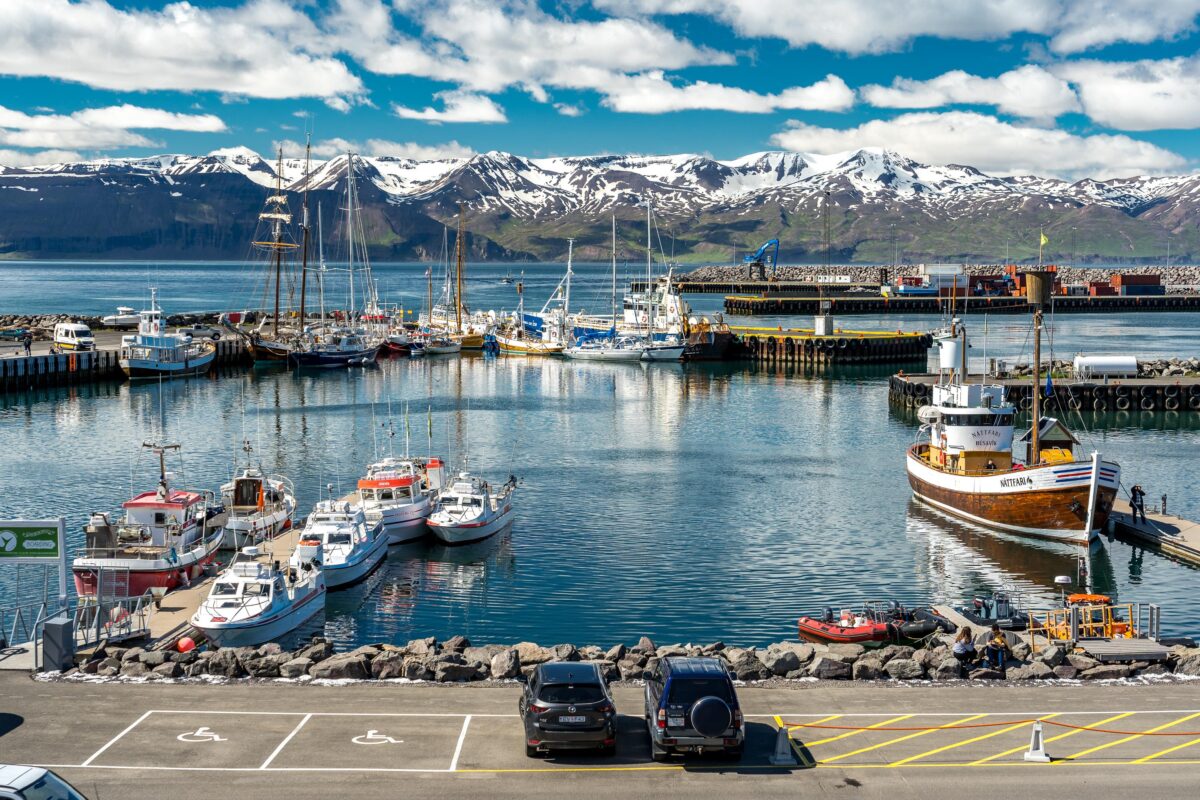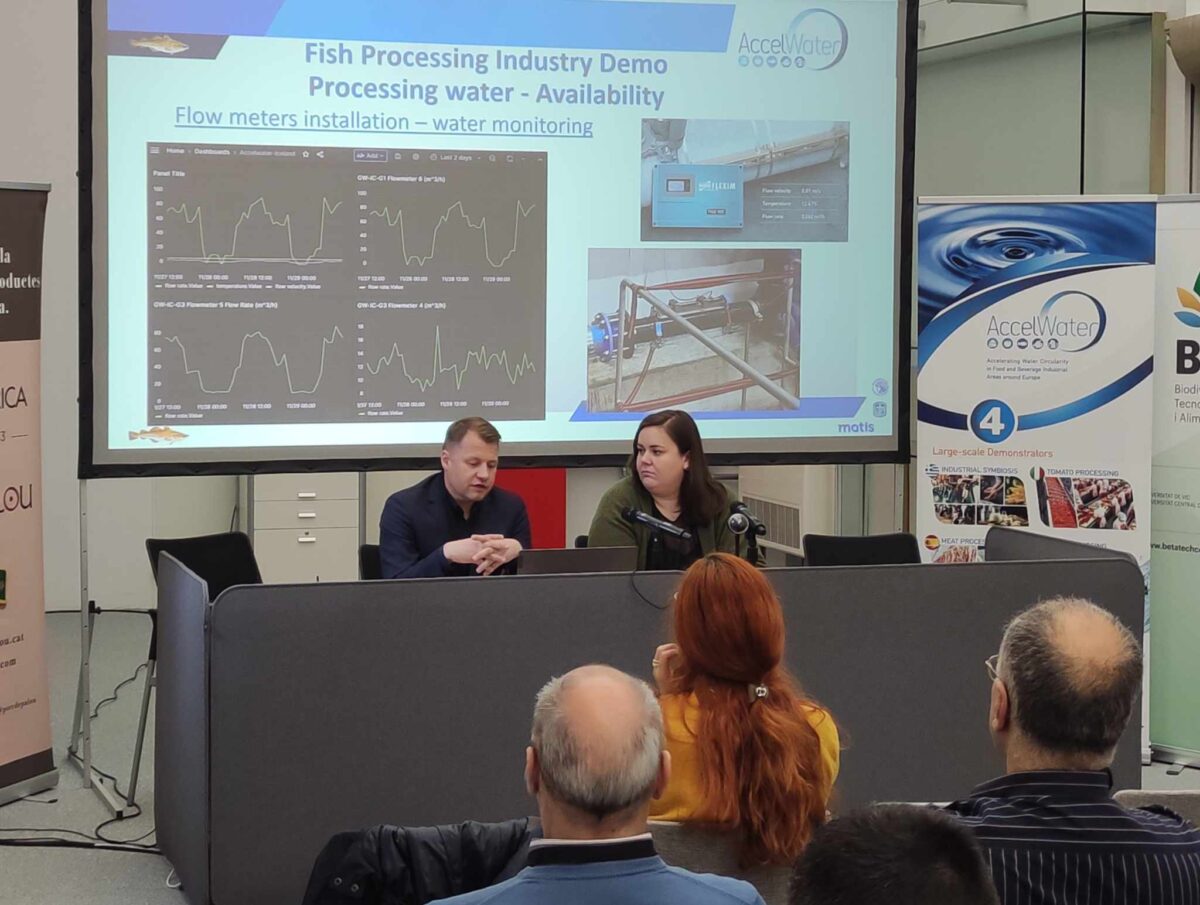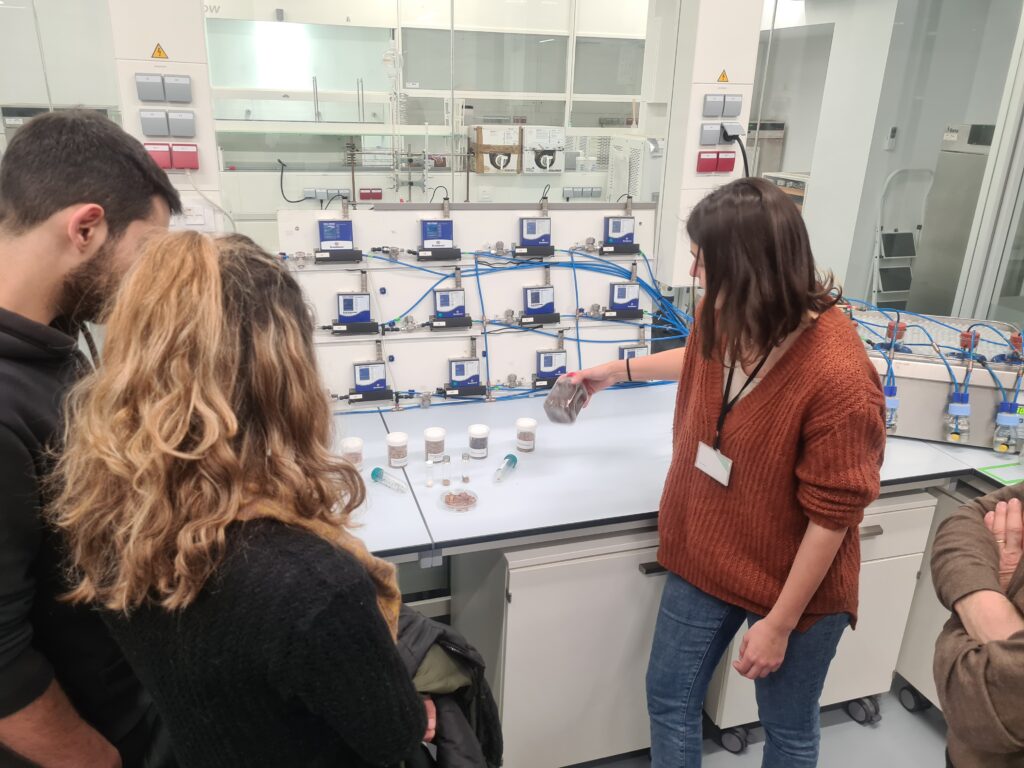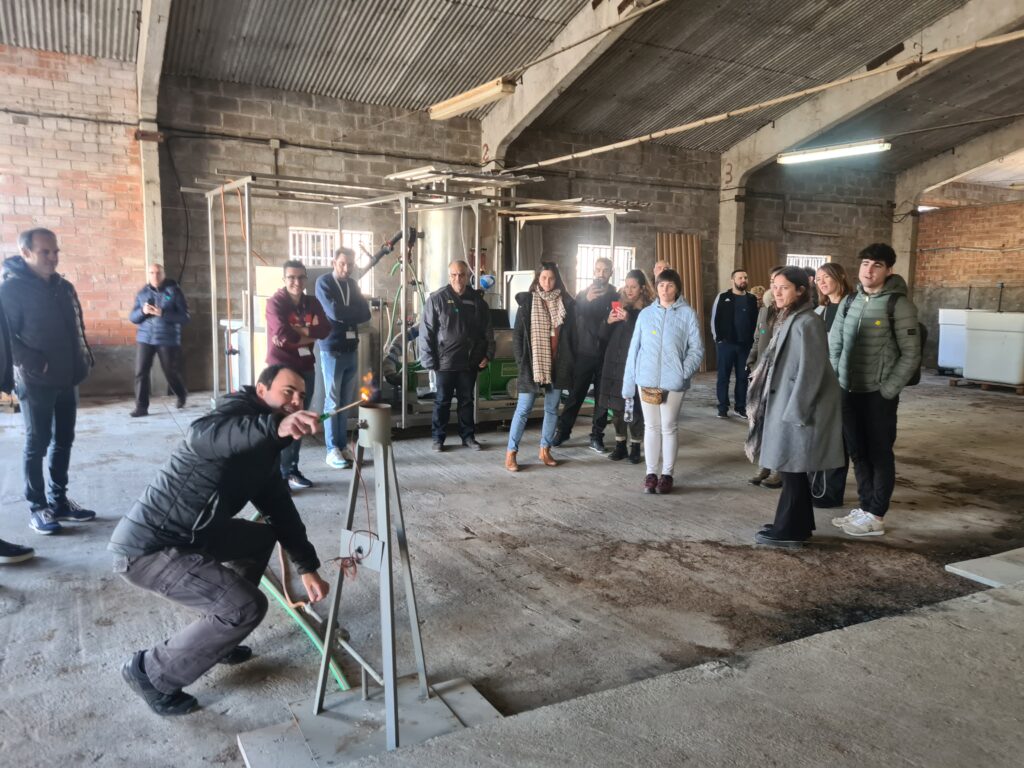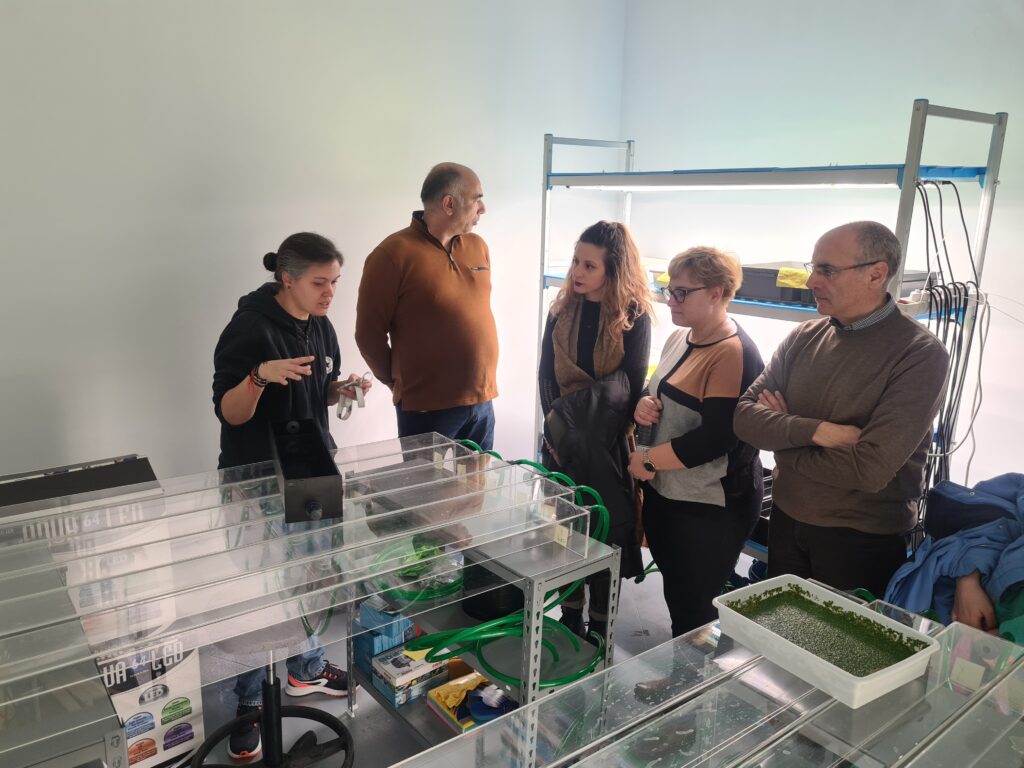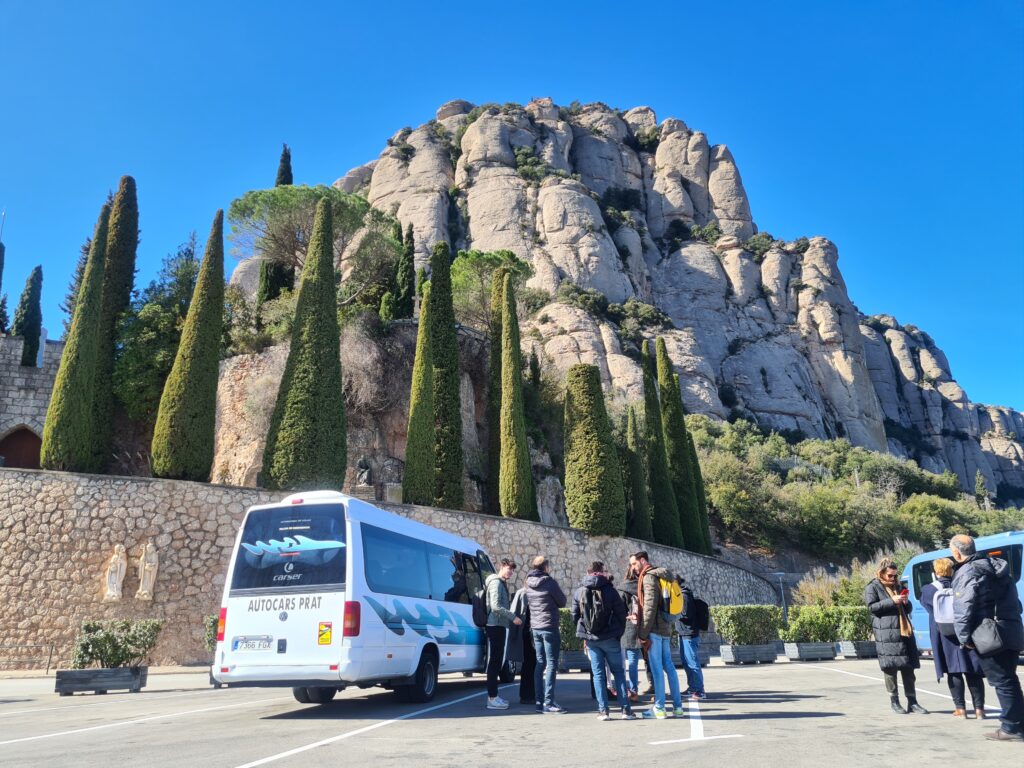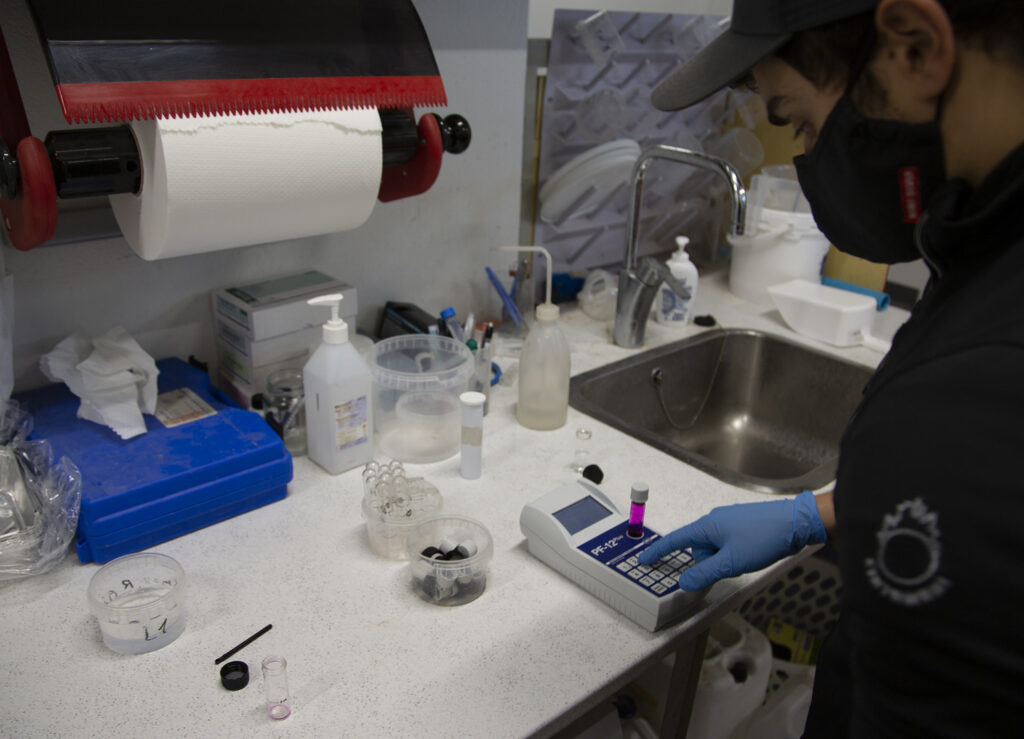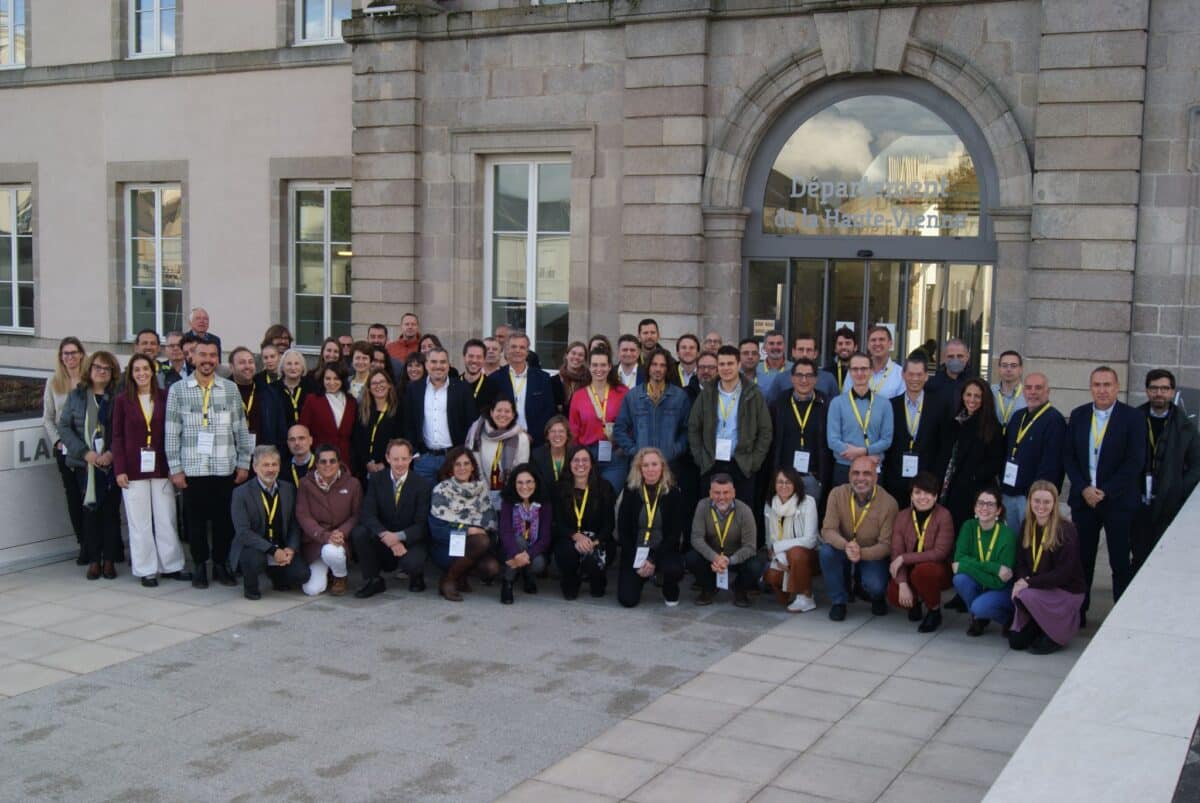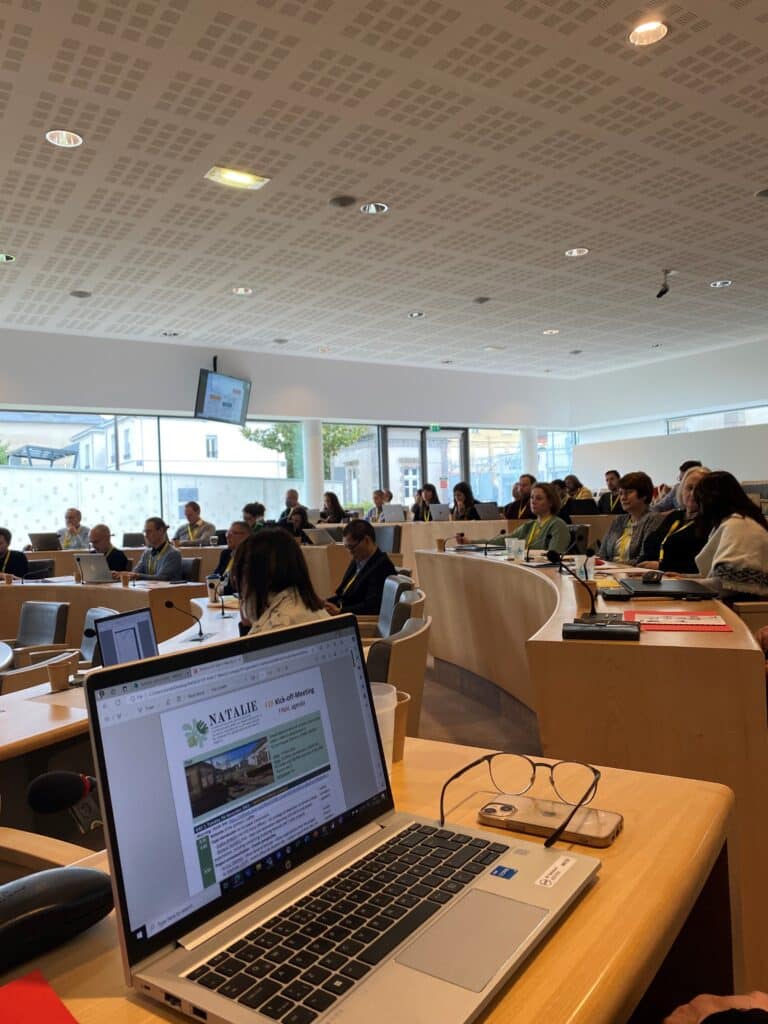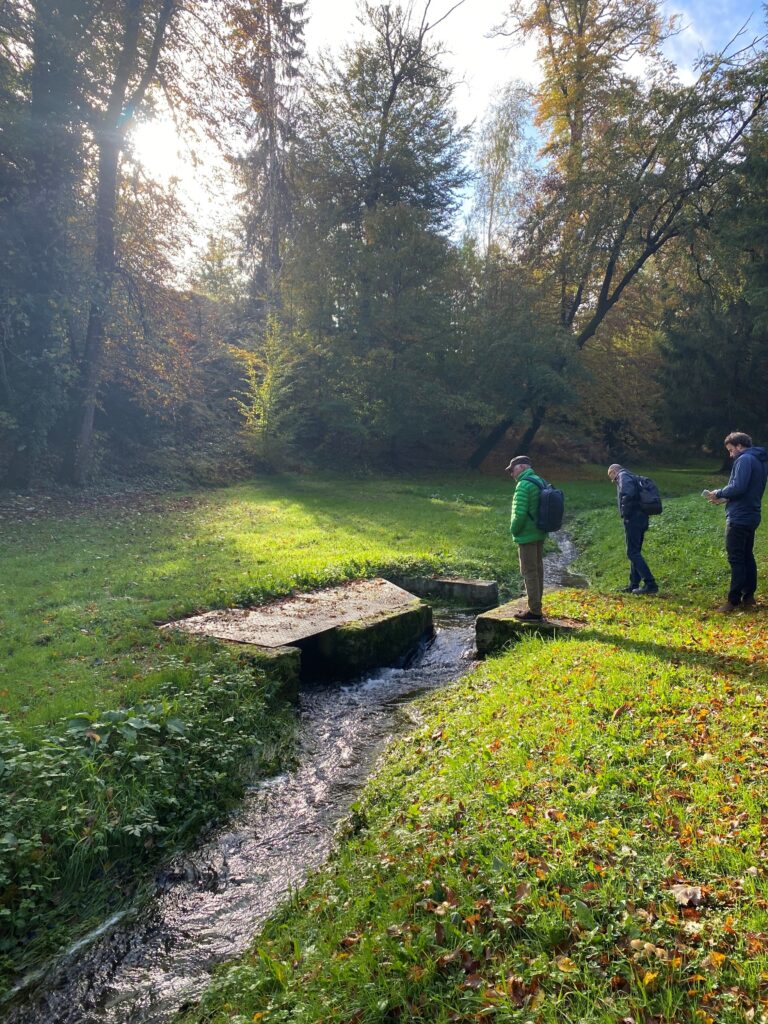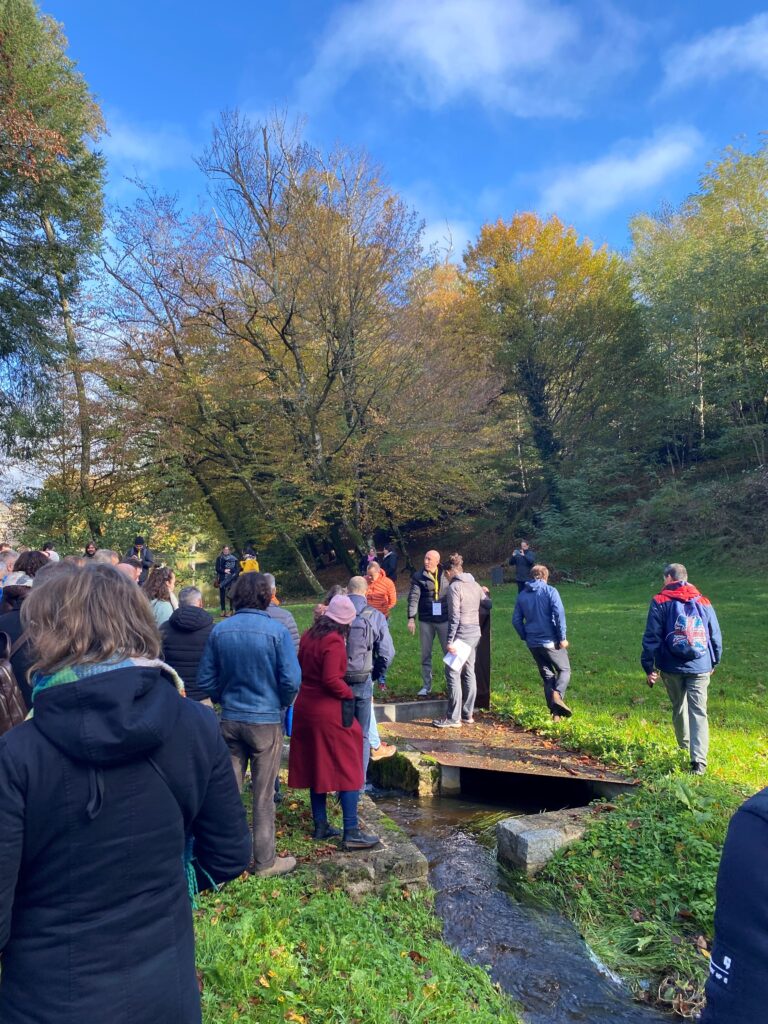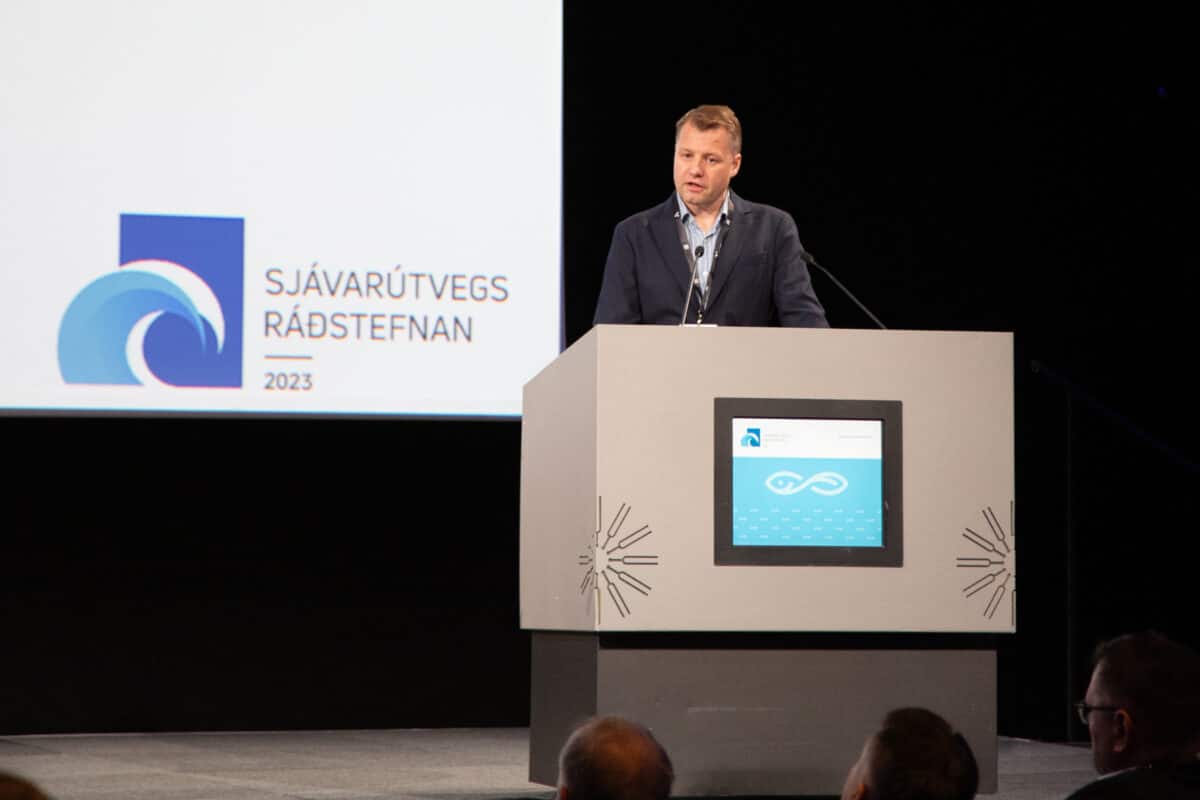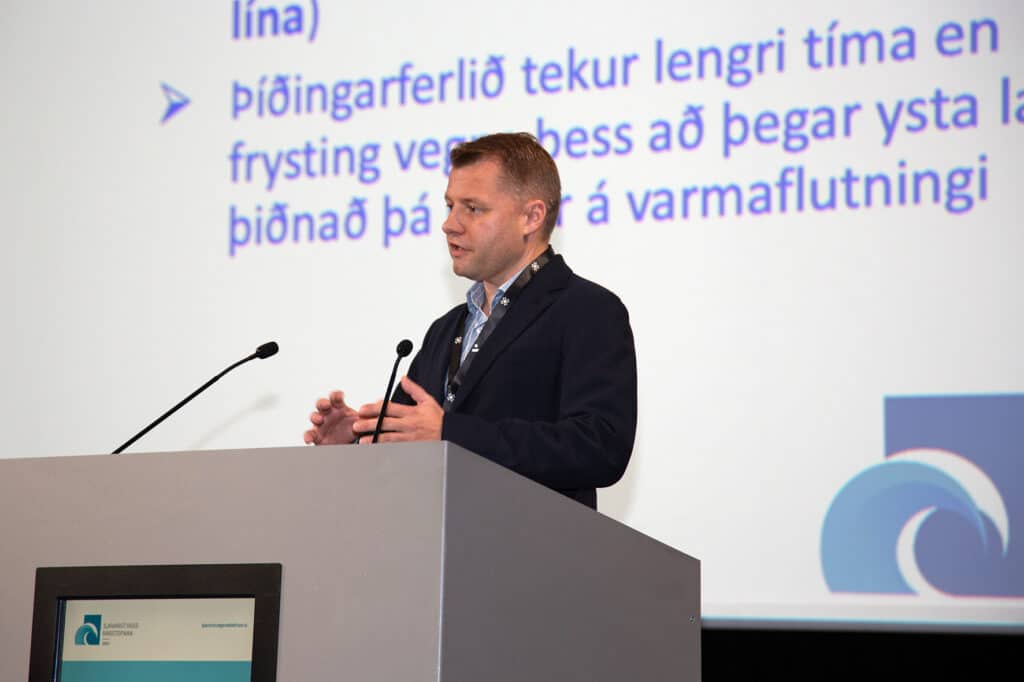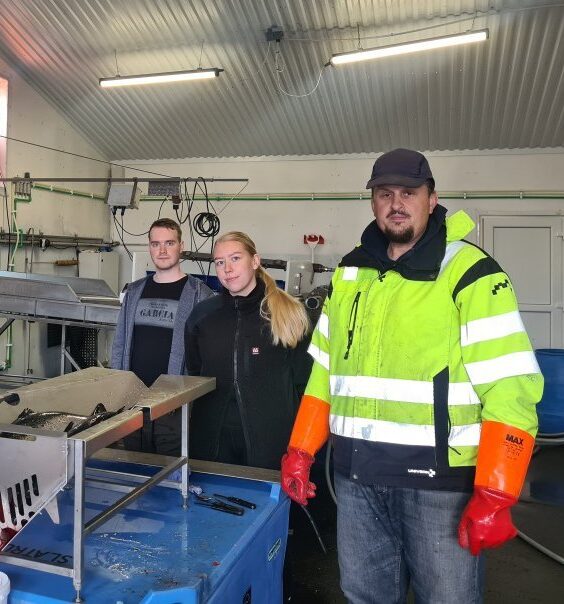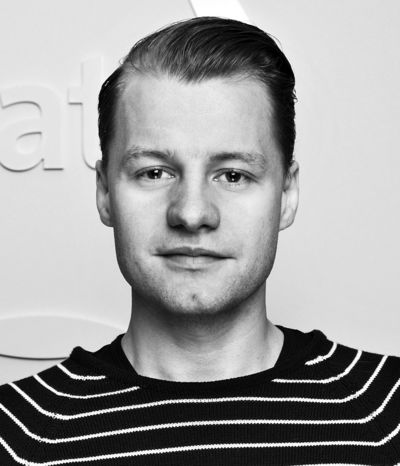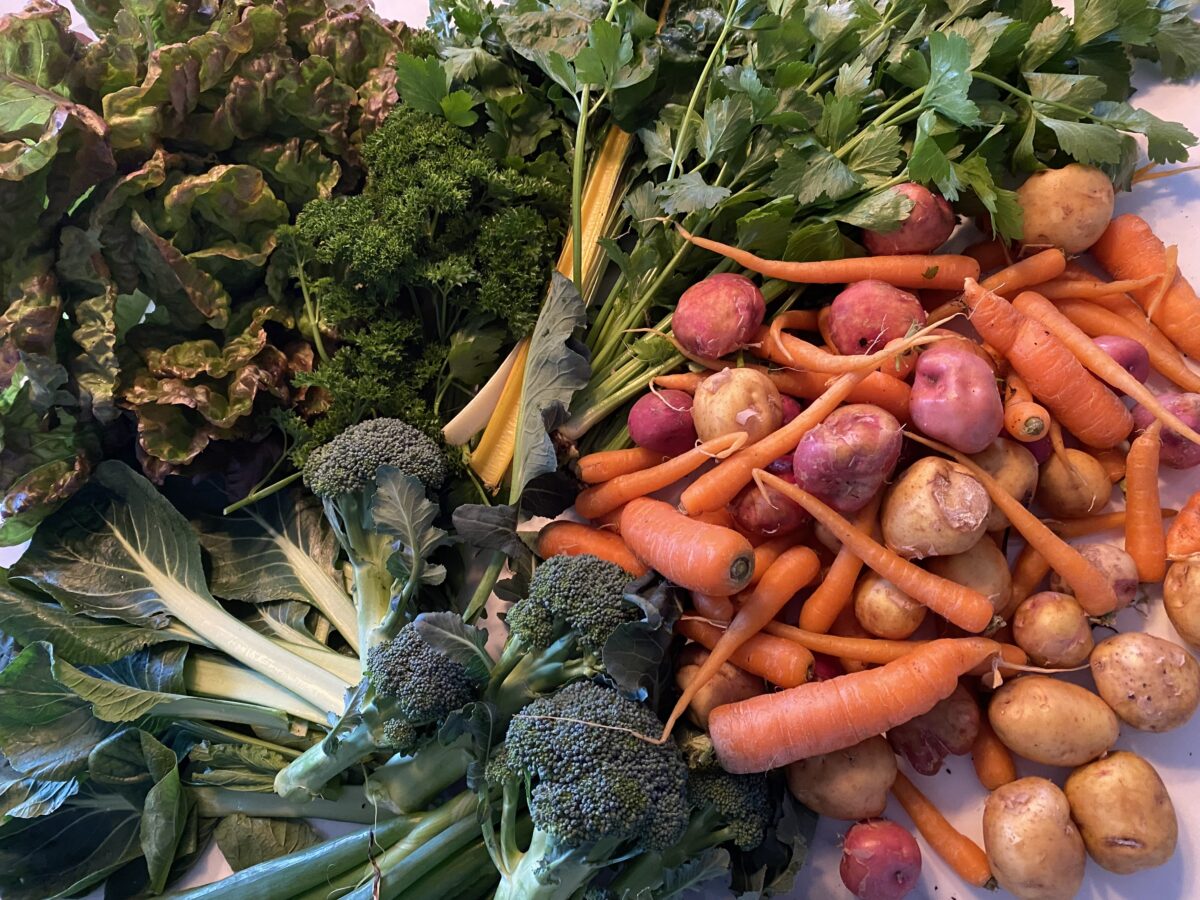On Wednesday, December 6, 2023, Aurélien Daussin will defend her doctoral thesis in food science at the University of Iceland's Faculty of Food and Nutrition. The thesis is entitled AirMicrome – The Fate of Airborne Microbes as the First Settlers of Terrestrial Communities. AirMicrome – The fate of depositing airborne microorganisms into pioneer terrestrial communities.
The doctoral defense takes place in Vigdís's world - VHV023 and starts at 1:30 p.m
Opponents: Dr. David Pearce, professor at Northumbria University, UK, and dr. Catherine Larose, researcher at UGA-IGE in Grenoble, France.
Supervising teacher and instructor: Viggó Þór Marteinsson, professor. In addition, researcher Pauline Vannier, Tina Santl-Temkiv, assistant professor at Aarhus University, and Charles Cockell, professor at the University of Edinburgh, sat on the doctoral committee.
Ólöf Guðný Geirsdóttir, professor and dean of the Faculty of Food and Nutrition, presides over the ceremony.
The stream is available on Teams from 13:30.
- Meeting ID: 393 367 671 646
- Passcode: adzWK5
Abstract
Microbes on the Earth's surface can be released into the atmosphere by wind and associated with events such as volcanic eruptions and dust storms. Before they reach a new surface, they are exposed to various stressful environmental factors that prevent the colonization of a large part of them. The diversity and evolution of low bacterial communities in different environments has been quite well studied. However, little is still known about microbial communities in the atmosphere, their colonization on the surface and what effect such colonization has on the microbial communities that are there. This study is the first to discuss the distribution of microorganisms in the Icelandic atmosphere and especially their colonization in a volcanic environment. Airborne microbial communities from two unique but different volcanic areas, both at sea level and at high altitude, were examined and compared. The research was carried out on the protected volcanic island of Surtsey and at the lava flow on Fimmvörðuhálsi, by analyzing the microbial communities of the atmosphere and their colonization in lava rock after one year. The atmosphere was also studied as an important source for the distribution of microbial communities in the soil and the methods by which microbes manage to withstand the harsh environmental conditions of the atmosphere. Cultivable and non-cultivable microbial detection methods were used to describe and compare the microbial communities. The diversity of uncultivated microbes was analyzed by isolating DNA from 179 samples and sequencing the 16S rRNA gene of the microbes ("amplicon" sequencing). A total of 1162 strains belonging to 40 genera and 72 species were isolated. Of these, 26 strains were probably new species. One new Flavobacterium species was fully described and the resistance of selected strains to atmospheric stressors was investigated. The origin and trajectory of the populations was determined with a special prediction model "source-tracking analysis". Results show that the microbial communities at both sampling sites consisted of Proteobacteria, Actinobacteria and Bacteroides, but the proportion of their numbers was controlled by the environmental factors of each area. The aerial and terrestrial communities were very different, which is reflected in the different environmental aspects of each environment. Interestingly, the bacterial communities in the lava rock at Fimmvörðuhálsi were more or less the same after one year of colonization, compared to a nine-year period, which suggests that the stability of the first settler community is achieved after one year, but that the progress of the community slows down after that. At Surtsey, over 80% of bacterial communities found in lava rock after a one-year period originated from the local environment. The communities showed tolerance to atmospheric stressors, which probably helped them to survive air dispersal and facilitated their colonization of the lava rock. In accordance with previous studies, it was also found that the most influential selection factors were freezing, thawing and cyclic permeabilization of the cells, and that Proteobacteria and Ascomycota seemed best suited to survive such atmospheric stress factors. Results indicate that stress-resistant microbes from the atmosphere are the source of microbes that are the first settlers in the nearby, newly formed environment by forming unique and diverse microbial communities in a short time or less than a year. These results provide important insights into the early stages of microbial colonization and demonstrate the importance of airborne microbial studies to advancing our understanding of Arctic volcanic ecosystems.
Abstract
Surface microorganisms can be aerosolized into the atmosphere by wind and events such as volcano eruptions and dust storms. Before depositing, they experience stressful atmospheric conditions which preclude the successful dispersal of a large fraction of cells. While bacterial diversity and succession on different low-bacterial environments are reasonably well characterized, research on airborne atmospheric communities and the significance of their deposition for community assembly remains poorly understood. This study is the first to address microbial distribution in the Icelandic atmosphere and particularly in their colonization in volcanic environments. We assessed and compared the bioaerosols communities from two dissimilar unique volcanic sites located at sea level and at high altitude, the protected volcanic island Surtsey and Fimmvörðuháls lava field, by analyzing in situ atmospheric microbial communities and communities in lava rocks after one year of exposure time . Additionally, we investigated the air as a significant source for the dissemination of the microbial communities into soil and their potential strategies to withstand atmospheric stresses. Culture-dependent and culture-independent methods were employed to describe and compare these microbiomes. The uncultivated diversity was analyzed by DNA extraction from 179 samples and 16S rRNA amplicon sequencing. A total of 1162 strains were isolated and affiliated to 40 genera and 72 species, with potentially 26 new species. A new Flavobacterium species was fully described and the survival of selected strains against simulated air stress factors was investigated. The origin and dispersion of the isolates was predicted using a detailed source-tracking analysis program.
Our findings reveal that the microbial communities in both sampling sites are dominated by Proteobacteria, Actinobacteria, and Bacteroides, but their proportions were influenced by the unique characteristics of each site. The atmospheric and lithospheric communities showed significant differences, reflecting different environmental pressures from each site. Interestingly, the bacterial communities in the lava rocks of Fimmvörðuháls were similar after one year compared to nine years of exposure, suggesting rapid microbial colonization and slow succession of the community. On Surtsey, over 80% of the bacterial communities that colonized the lava rocks after one year exposure, originated from local surroundings. These communities displayed stress-resistant properties that likely helped their survival during air dissemination from close environments and facilitated their colonization into the lava. Furthermore, in line with previous studies, we observed that the most stringent selection factors were the freeze–thaw and osmotic shock cycles and that the strains affiliated with Proteobacteria and Ascomycota were the best to survive simulated atmospheric stresses. Our results suggest that atmospheric stress-resistant microbes that deposit from local sources in newly formed environments, form unique and diverse communities in a rather short time or less than one year. These findings provide important insights into the early stages of land colonization of microbes and puts emphasis on the important role of bioaerosol research in enhancing our understanding of subarctic volcanic ecosystems.
